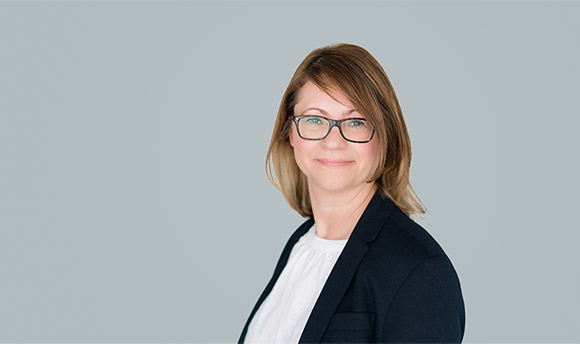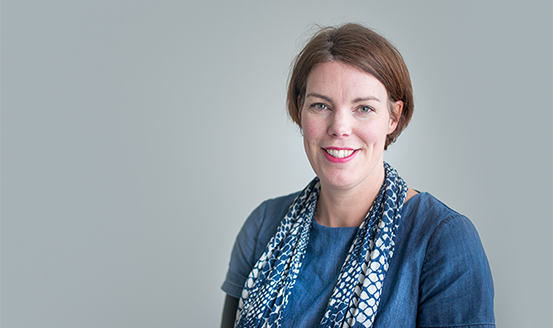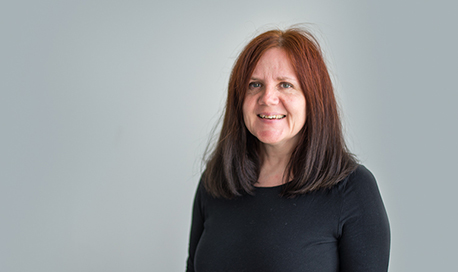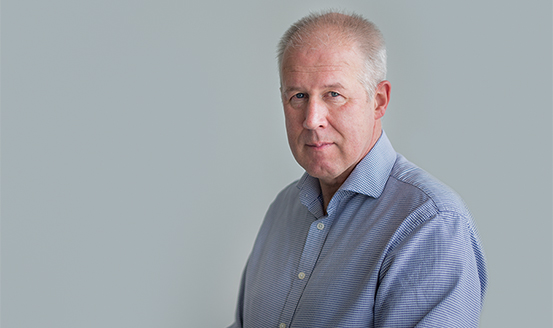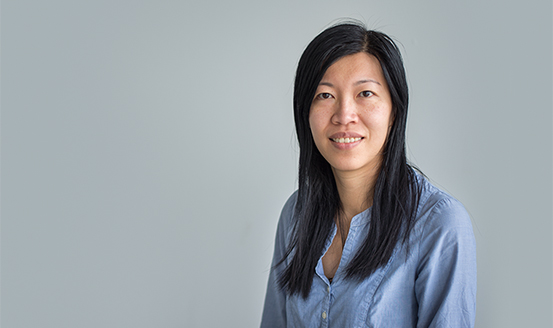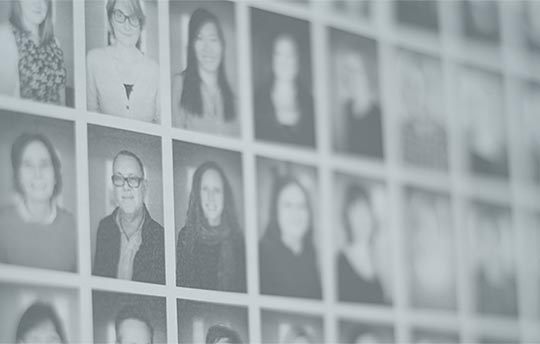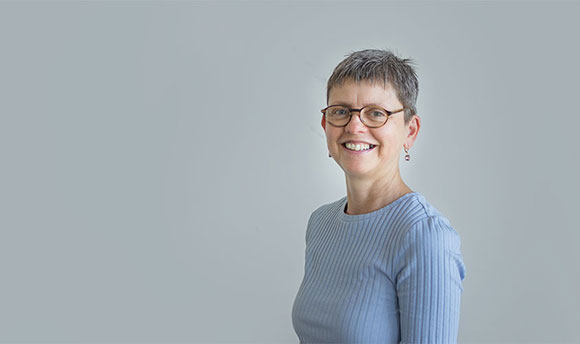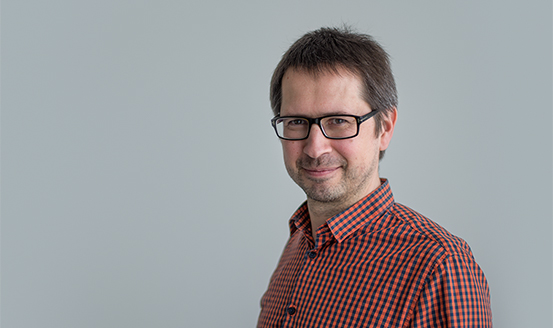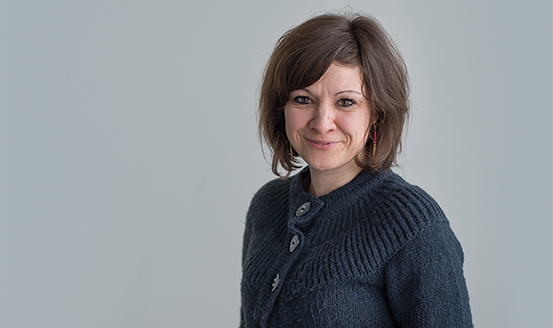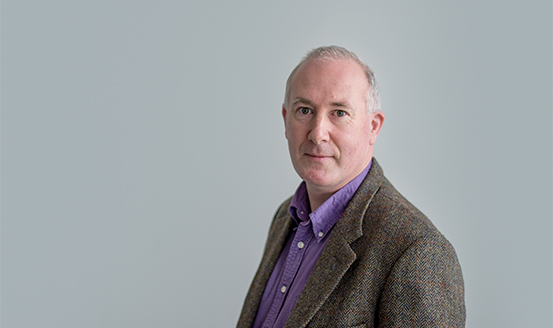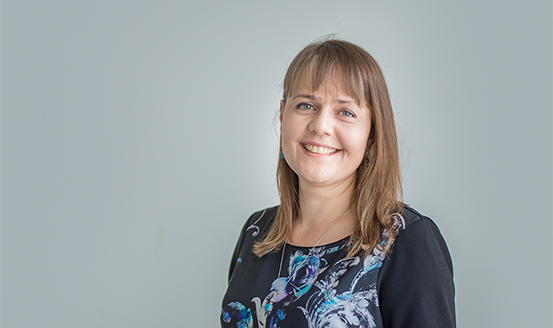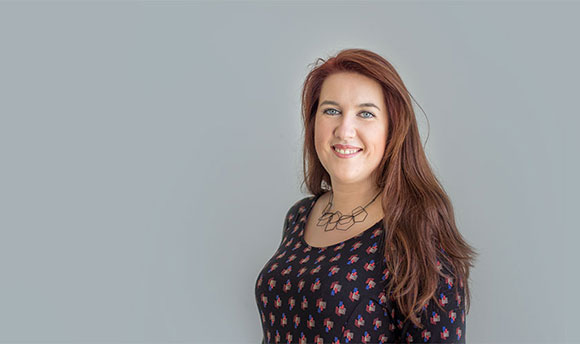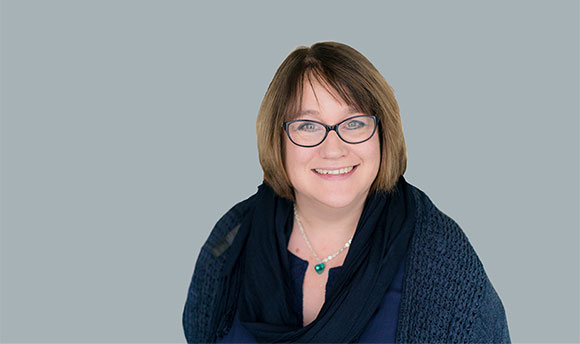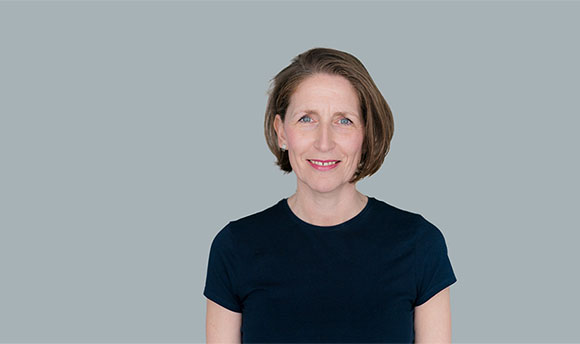Research Project - Ultraphonix
Welcome, this is the home of the UltraPhonix project. UltraPhonix project began in May 2015 and aims to evaluate the effectiveness of Ultrasound Visual Biofeedback (U-VBF) therapy in treating Speech Sound Disorders (SSDs) which have been unresponsive to traditional speech therapy methods.
Speech Sound Disorders are very common in childhood, affecting at least 6.5% of primary-school aged children. They make children’s speech difficult to in which understand, in turn affecting social skills and educational attainment. Traditionally, interventions for SSDs rely heavily on auditory skills; during conventional speech therapy children are encouraged to listen to their own productions and modify them using auditory cues. This is difficult for children for whom auditory skills are weak and teaching children new articulations is problematic because most speech sounds are made with the tongue which is largely hidden from view making articulations difficult to see or describe. This project will use ultrasound to image children’s tongues in real-time, providing a visual biofeedback method for remediation of SSDs. By actually showing the child the required articulation, the need to describe it using complex language is avoided.
More specific research details can be found on the dedicated research tab below.
Research Team
Members of team involved in UltraPhonix research and development are made up of staff and PhD students from Queen Margaret University, University of Strathclyde and Articulate Instruments.
UltraPhonix Staff
Prof James M Scobbie, Principal Investigator, Queen Margaret University
Dr Joanne Cleland, Lead Clinical Researcher, University of Strathclyde
Zoe Roxburgh, Research Speech & Language Therapist, Queen Margaret University
Cornelia J Heyde, Speech Scientist, Queen Margaret University
External consultants
Prof Alan Wrench, Articulate Instruments
Research
Ultrasound Tongue Imaging for Visual Biofeedback
BACKGROUND
This project is using real-time ultrasound images of the tongue as a visual bio-feedback (U-VBF) technique to treat childhood speech sound disorders (SSDs).
SSDs occur when children fail to acquire the speech sounds of their native language in the course of normal development, producing certain sounds incorrectly, substituting them for other sounds or omitting them. Around 6.5% of all UK children have primary SSDs, where the cause is unknown. In addition, speech difficulties are a hallmark characteristic of many disorders such as hearing impairment; Down syndrome; cleft lip and palate; traumatic brain injury and cerebral palsy. Whatever the cause, a difficulty in producing clear speech can have profound effects socially and educationally. Even mild impairments affecting single sounds can have a negative effect on the way children are perceived by their peers.
Traditionally, interventions for SSDs rely on auditory skills, clients must listen to their own productions and modify them using auditory cues. This is difficult for children for whom auditory skills are weak, but teaching children new articulations (i.e. an articulation which they have not acquired naturally) using verbal descriptions alone is cumbersome and problematic, because speech movements are complex and largely invisible. An alternative method, visual biofeedback (VBF) of the tongue, works much in the way that a simple mirror provides VBF of the lips. When people with SSD are enabled to see their own attempted articulations in real time, therapy outcomes are improved. By placing a standard medical ultrasound probe under the chin, most of the surface of the tongue in a mid-sagittal (side-on) view is imaged. The ultrasound display is relatively intuitive and costs of ultrasound equipment are falling while analysis techniques are improving rapidly.
During therapy the ultrasound probe is held still with a headset. This allows the therapy to be “hands-free” and allows us to record the child’s tongue movements as they are happening and interpret them meaningfully.
The surface of the tongue appears as a white line. It moves in real-time and children are easily able to learn to the relationship between the image on the screen and their own tongue movements.
We will evaluate the success of U-VBF therapy for 20 children (aged 6 to 15) with intractable speech sound disorders.
Outputs
Key Project Publications
Cleland, J., Scobbie, J.M. & Zharkova, N. (2016) Insights from ultrasound: Enhancing our understanding of clinical phonetics. Clinical Linguistics & Phonetics, 30 (3-5), 171-173. [Editorial: see other papers in this special issue on ultrasound.] available to journal subscribers here
Wood, S. Cleland, J. & Roxburgh, Z. (2015). Powerful tools for motor-based treatment approaches. Royal College of Speech and Language Therapists Bulletin, 762, 18-20. available here (access currently limited to RCSLT members)
Cleland, J., Scobbie, J. M., Nakai, S., & Wrench, A. A. (2015). Helping children learn non-native articulations: the implications for ultrasound-based clinical intervention. Proceedings of the 18th ICPhS, Glasgow. available here (external PDF)
Cleland, J., Scobbie, J. M., & Wrench, A. A. (2015). Using ultrasound visual biofeedback to treat persistent primary speech sound disorders. Clinical Linguistics & Phonetics, 29(8-10), 575-5970). available to journal subscribers here
Roxburgh, Z., Scobbie, J. M., & Cleland, J. (2015). Articulation therapy for children with cleft palate using visual articulatory models and ultrasound biofeedback. Proceedings of the 18th ICPhS, Glasgow. available here
See also
Roxburgh, Z., Cleland, J., & Scobbie, J.M. (2016) Multiple phonetically trained-listener comparisons of speech before and after articulatory intervention in two children with repaired submucous cleft palate. Clinical Linguistics and Phonetics. [Special Issue: Insights from Ultrasound: Enhancing Our Understanding of Clinical Phonetics], 30 (3-5), 398-415. available here
Presentations and Conferences
The UltraPhonix project does not include conference costs, so these presentations to the academic research community are funded with the support of CASL, external bodies, and the staff themselves.
Papers have been accepted for presentation at ICPLA, Canada, June 2016, and both Zoe Roxburgh and Joanne Cleland (Clinical Lead and co-investigator on the project, now at Strathclyde) will attend, with other researchers from CASL.
Two poster presentations were given by Proj James M Scobbie at ULTRAFEST, in Hong Kong, December 2016.
Impact
Highlights
The Royal College of Speech and Language Therapists (RCSLT) is a co-founder of the International Communication Project (ICP). The ICP advocates and campaigns for those with communication disabilities, as well as their families, caregivers and communication professionals. They have chosen (June 2016) the UltraPhonix project as one of their special features "Stories About Communication" under the title Finding a Voice in Scotland, featuring Rosie and Zoe pictured with a next generation tablet-based clinical ultrasound system.
The project featured on STV news (12 May 2016) with one of our clients in his first session. We hope to upload a recording of the demonstration later. See also press coverage and links, below.
Science Outreach
Professors Jim Scobbie and Alan Wrench have been invited to a "twilight science" / "Society Lates" from 6pm-10pm at the Royal Academy's Summer Science Exhibition 2016, in London on July 4th. Free, no booking, but adults only [link]. Prof Jim Scobbie and colleagues at Glasgow University were demonstrating an ultrasound scanner at Kevingrove as part of the Glasgow Science Festival on 11 and 12 June. It was great to see so many enthusiastic people, including some families with children in therapy, and SLTs. In May, "Broken Bodies" at QMU hosted multiple groups of high school pupils and gave them an introduction to Speech and Language Therapy including interactive ultrasound scanning.
CASL has donated an ultrasound scanner to ASCUS Lab, a home for interactive citizen science, Arts and Science collaborations, and public engagement, at Summerhall, Edinburgh. Visit ASCUS Lab, or check their schedules and twitter feed. We were there in person on Tuesday 16th February 2016. This outreach initiative is one of Prof Jim Scobbie's Beltane Fellowship activities to help a greater public understanding of the complexities of speech production, accent variation, and Ultrasound-based therapy.
First Minister Visit
Scottish First Minister Nicola Sturgeon and the minister for Education and Lifelong Learning Angela Constance visited QMU on 10th Feb 2016. They met Zoe Roxburgh, the research SLT, Dr Janet Beck, head of Speech and Hearing Sciences, and Prof Jim Scobbie, Director of CASL Research Centre. We explained the reasons for using Ultrasound Tongue Imaging in Speech and Language Therapy, and presented some anonymous examples of successful treatment from the QMU Articulatory Research Clinic - specifically those resulting from the Ultraphonix project. Congratulations to our participants for making such an impact thanks to their hard work with Zoe! You can also see photos also of Jim and Janet with Nicola Sturgeon looking at her tongue here.
There's even a little flash on youtube (1 min 10 secs - 1 min 24 secs) ... blink and you'll miss us. (You can watch it with the sound off if you like - the audio is not very relevant to the project.) So, was that a diagram of YOUR tongue that the First Minister was looking at? Who knows! The image shows the front of the tongue surface raising up (in error) towards an attempted /k/ sound. The lower black line is where the consonant begins, and the series of tongue surface tracings (in blue) ends up at the highest thick black tongue surface, in the final position reached. Each blue line is only 8 milliseconds apart, so this shows how fast some parts of your tongue can move, over small distances (just a few millimetres). These sorts of images let us understand more about how speech disorders are produced, which in turn helps us develop better therapies to correct them.
CSO Public Engagement Group
We gave a presentation on the project on 26 November at 11:30 hrs in St Andrews House, Edinburgh, as part of a training day for CSO lay members: "who sit on various CSO grant and policy committees to ensure that the proceedings and decisions taken are discussed are reasonable and fair " - CSO are the funders of this project (ETM/402).
UltraPhonix in the press and other media
QMU press release 11/05/2016, with some links to press and the TV coverage from STV News on
The Scotsman 13 May 2016 with a nice picture of Zoe and Rosie
University Business, 19 May 2016
Education Technology, 19 May 2016
Edinburgh Chamber of Commerce website
International Communication Project (ICP) special feature [Finding a Voice in Scotland]
When the project started, we announced it internally thus: QMU staff newsletter 09/06/2015:
New grant to study the potential benefits of ultrasound biofeedback in speech therapy.
A CSO grant (£138,376 net) has been awarded for the project "Ultrasound Visual Biofeedback Treatment for Speech Disorders in Children" (EMT/402), starting in May 2015 and lasting 18 months. Prof Jim Scobbie of the CASL Research Centre is the Principal Investigator with Dr Joanne Cleland from Strathclyde University as Co-Investigator. Speech assessments and therapy sessions will be conducted by Zoe Roxburgh, SLT, and data analysis will be conducted by Cornelia Heyde, both of whom are QM bursary PhD students in Speech and Hearing Sciences.
This research is funded by the CSO - grant number ETM/402 (“Ultrasound Visual Biofeedback Treatment for Speech Sound Disorders in Children”).
